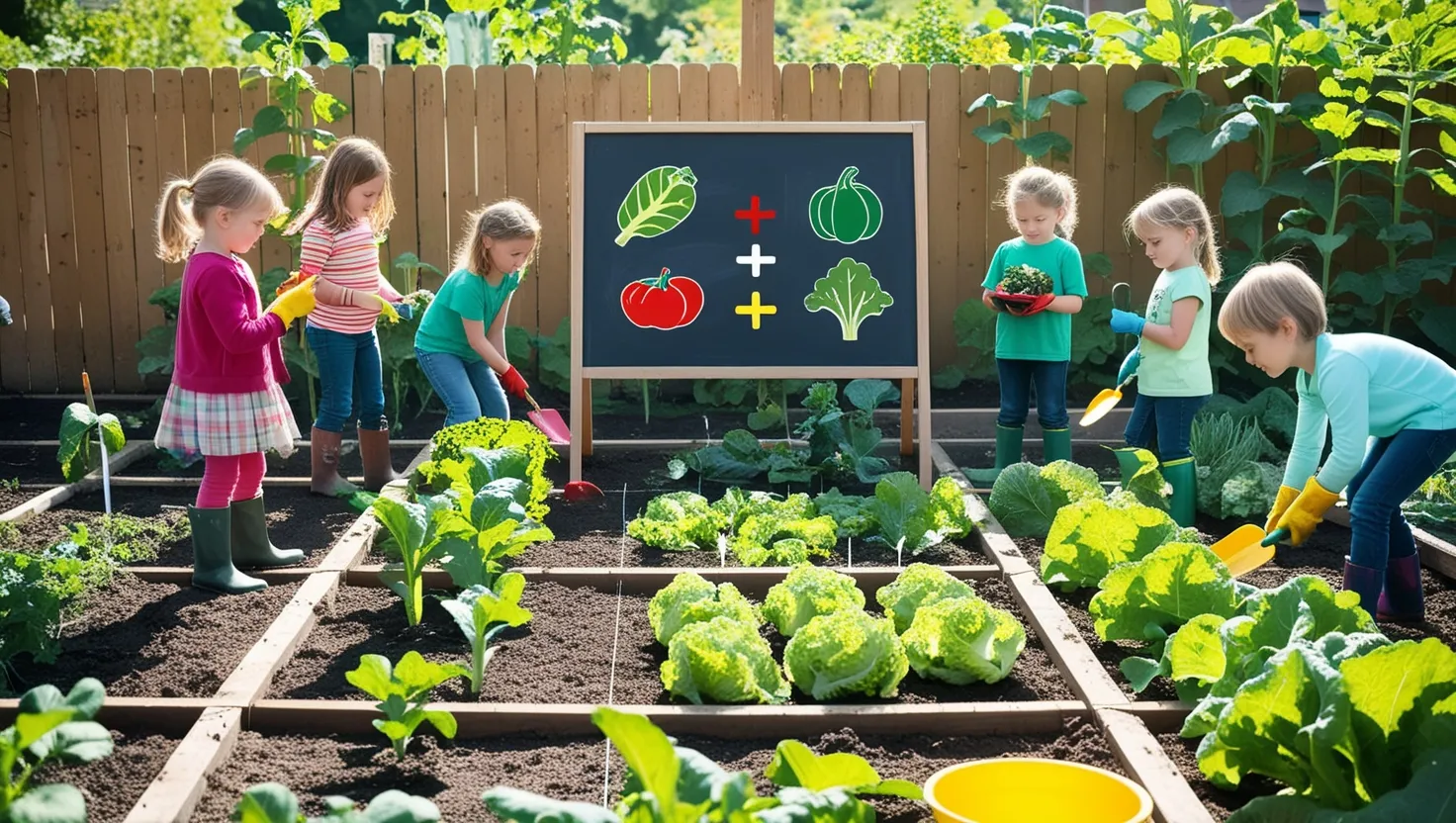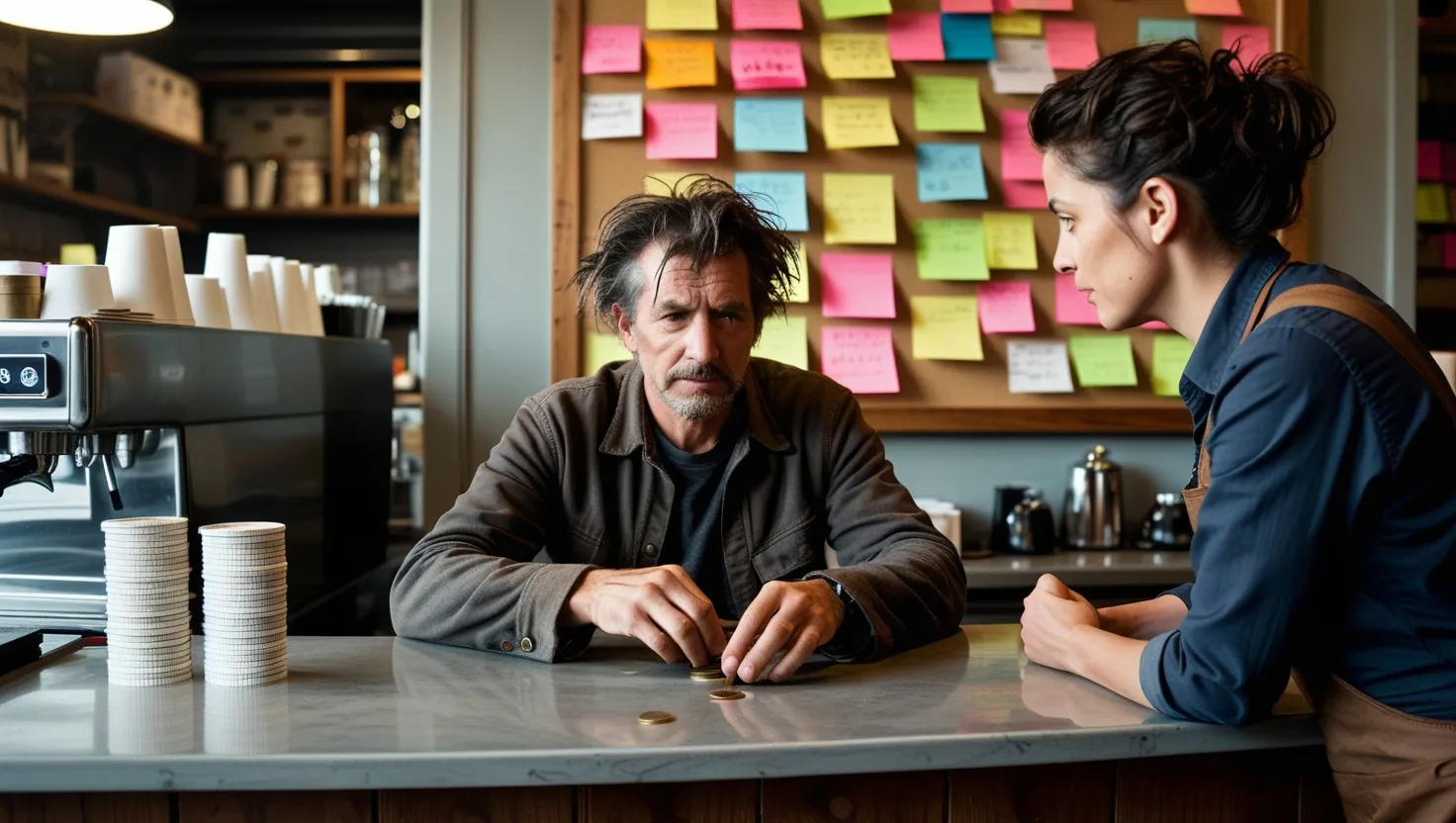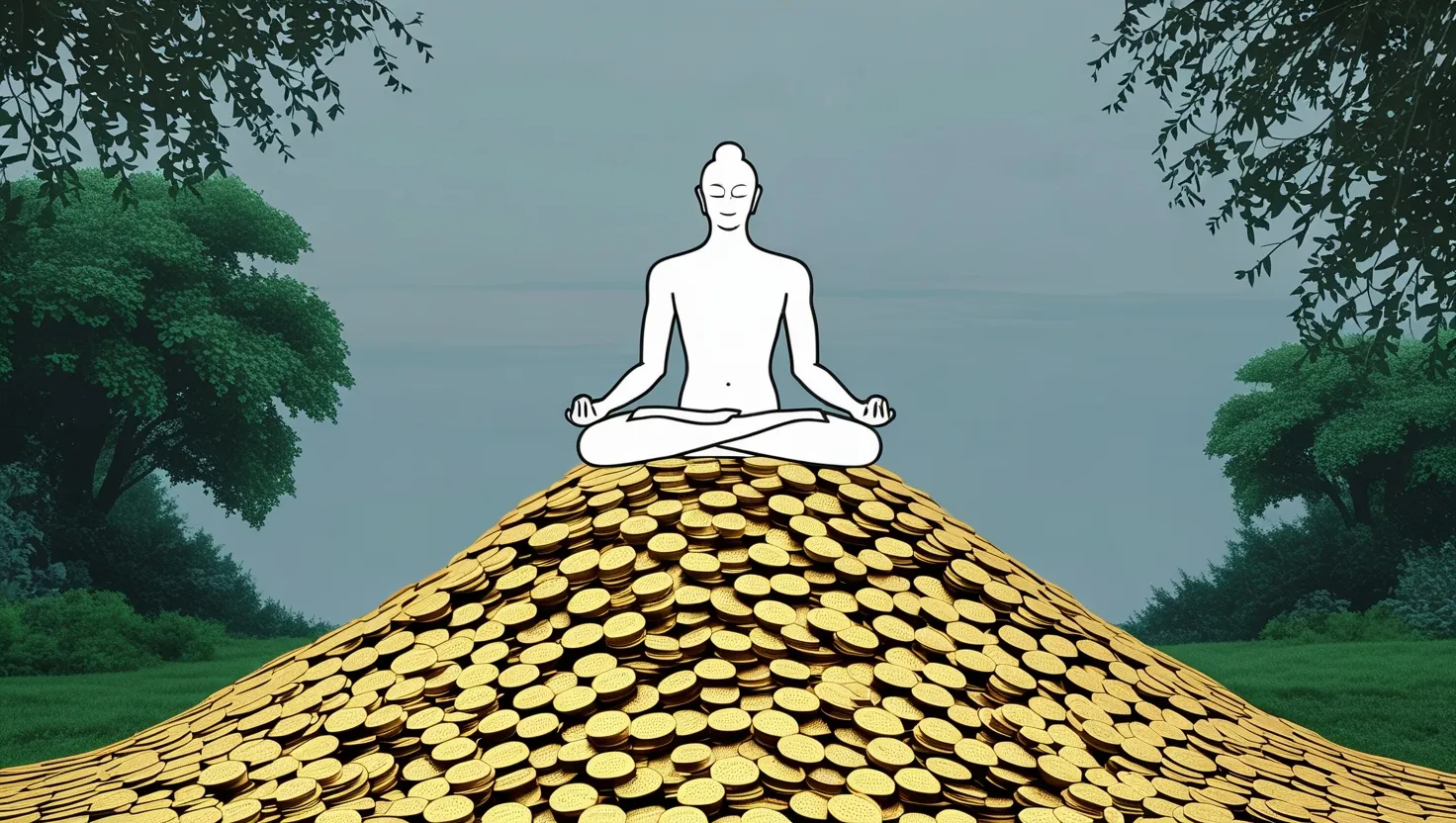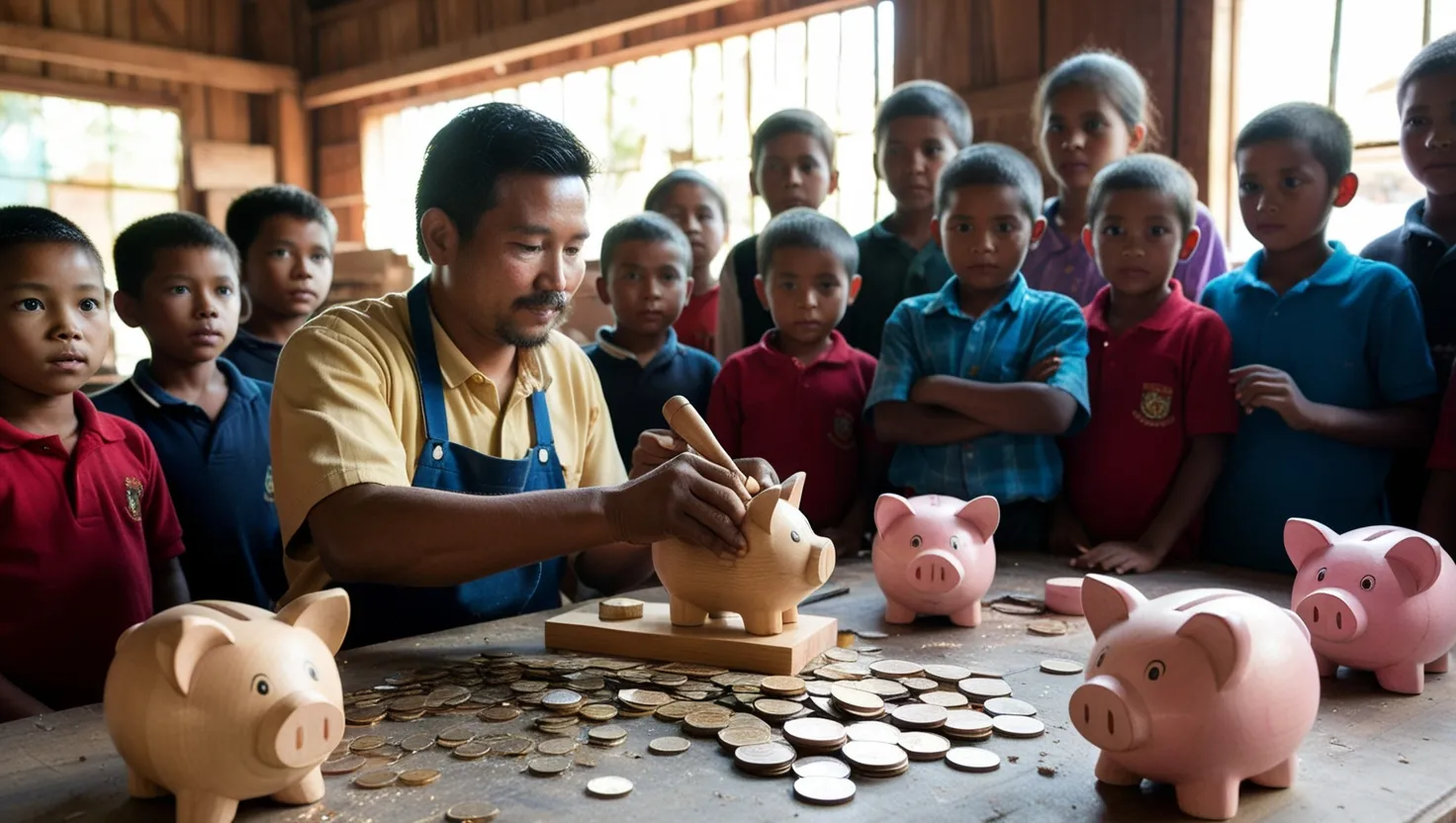What happens when a retired teacher decides retirement isn’t for rocking chairs, but for radical transformation? Imagine stepping out into a patch of land scarred by scarcity, a place where children can name every brand of chips but have never pulled a carrot from the soil. Now imagine this teacher sketching out something extraordinary—a community garden structured like a stock market, where lettuce heads rival blue-chip stocks and tomatoes are traded with the same excitement as emerging tech shares.
Gardens have always been metaphors for patience, hope, and growth—I’ve long believed that every seed tells a story about belief in the future. But what if you could coax not only vegetables from the soil but also financial literacy, empowerment, and a sense of agency among young people? That’s where the magic lies—not just in the harvest but in the hands that shape it.
“Education is the most powerful weapon which you can use to change the world.” Nelson Mandela’s words echo here. As I watched these neighborhood kids stake their claims on plots of land—a lease signed not with contracts but with muddy fingers—it dawned on me: this was a living portfolio.
The process started by assigning value—both literal and symbolic—to the plants. Tomatoes became high-risk, high-reward investments due to their susceptibility to pests and weather swings; collard greens, on the other hand, offered steady, reliable returns, much like bonds. Each child received a starting allocation of “garden credits”—their seed money, so to speak. They deliberated, strategized, and made their purchases, sometimes pooling resources for a bigger stake, sometimes hedging bets on a diverse array of crops.
I watched as negotiations unfolded beside the compost bins. Some formed informal alliances, divvying up labor and splitting the rewards. Others took risks on exotic seeds, learning quickly how volatility could leave you with a fistful of nothing. No classroom case study could have made market cycles so visceral. When pests wiped out a few rows of eggplant, the collective groan was almost poetic. Failure was tangible, but so was innovation: next season, those same kids implemented physical barriers and natural repellents.
“Wealth consists not in having great possessions, but in having few wants.” Epictetus had it right, though here wealth was measured in fist-sized radishes and the thrill of a successful season. The garden’s stock market twist went deeper than economics. It transformed passivity into participation. Kids who’d never eaten a sugar snap pea saw their investments bloom. Suddenly, nutrition wasn’t just a word on a poster—it was the crisp bite of a pea pod they’d traded for with the savvy of a junior investor.
This approach also flipped the script on community engagement. Neighbors started showing up, drawn in by the children’s enthusiasm and the buzz of whispered deal-making by the bean trellis. The garden became a hub, a safe place for intergenerational exchanges. Elderly gardeners shared tips and stories, while the children explained their “stock” picks with a fluency that surprised everyone, even themselves. Real-life market lessons echoed through every row: diversification, patience, risk management, and yes, the occasional panic sell when aphids threatened an entire crop.
What struck me most was the subtle shift in mindset. In a food desert, scarcity is often taken as a fact of life. But here, kids recalibrated what’s possible. They began to see abundance not as luck, but as something you could plan for, nurture, and protect—an idea just as radical as any hedge fund strategy or IPO.
“Tell me and I forget, teach me and I may remember, involve me and I learn.” Benjamin Franklin could have been talking about our garden. Every day, the children’s questions grew more nuanced: “Should I invest in more kale or try that weird purple carrot?” “If my crop fails, can I trade labor to someone else for a share of their harvest?” It was hands-on learning in its purest form, where the consequences were real, and the lessons stuck.
Some of my most memorable conversations weren’t about portfolio balancing, but about the ethics of sharing and the joy of watching something thrive under collective care. One boy, after a windstorm flattened his peppers, found his “competitor” offering stakes to replant, asking only for help pulling weeds in return. These weren’t just trades—they were bonds of trust, the kind Wall Street can’t quantify.
If you think a garden is too small a stage for such big ideas, ask yourself: where else do you see curiosity, accountability, nutrition, and economics intersect so organically? The microcosm we created offered a rare chance to demystify not just markets, but also the habits of resilience and cooperation that markets demand.
Of course, it wasn’t all smooth. Some kids gravitated toward hoarding, learning hard lessons in both interpersonal dynamics and plant biology. Others resisted at first, skeptical of anything that required work. But the garden’s rhythm is persuasive. By the end of the season, those who once dragged their feet came skipping, eager to see how their “stocks” had performed.
As the literal and metaphorical fruits of labor piled up, we held a Harvest Market. Here, children traded their produce, debated fair prices, and even issued IOUs—all under the watchful eyes of their peers and families. The pride was palpable, and the community feasted together, tasting the dividends of shared effort.
Have you ever wondered how different society could be if financial fluency started with dirt under the fingernails rather than the flicker of screens? I can think of no better classroom. The real secret was never about maximizing yield, but about maximizing curiosity, agency, and a sense of belonging.
To anyone who questions the value of such an experiment, I share this: after that first full season, the neighborhood didn’t just eat better—it thought differently. The conversations lingered long after the last carrot was pulled, sparking ideas in classrooms, kitchens, and local businesses. When you teach kids that the world is not fixed, that they can plant, trade, and grow futures of their own design, you foster more than gardeners or investors. You foster citizens ready to shape the landscapes they inherit.
“Do not wait for leaders; do it alone, person to person.” Mother Teresa’s advice applies here, too. What began as a solitary vision grew into a movement that took root in ways I could never have foreseen. Some days, I still marvel at the transformation—not just of the soil, but of the sense of possibility stretching across the block.
If you walked through our gate today, you’d see more than neat rows of vegetables. You’d see negotiation, calculation, laughter, and the kind of proud ownership that only emerges when people are trusted to build something together. And you might wonder, as I did: what other “impossible” problems might we solve with a handful of seeds and a few daring questions?
The story of our garden isn’t just one of teaching investing or growing food—it’s about redefining what a community can become when you plant the seeds for both nourishment and knowledge. Would you do it any other way?






